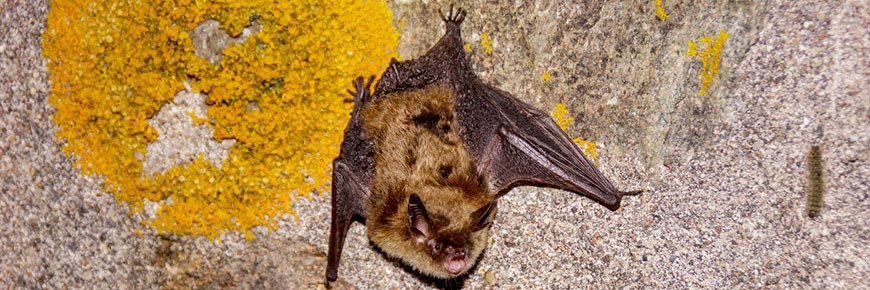
Species at risk
Prince Albert National Park
Prince Albert National Park is home to a wide-range of plants and animals. Some of these species are considered at risk and require special consideration for their and are on the path toward local and, perhaps, global extinction. They require immediate help, while other species need attention to ensure they do not become threatened and start down the same path.
Protecting the full range of life on earth sustains the health and beauty of our planet. A rich diversity of species reflects a healthy and functioning ecosystem. conservation.
Species that are at risk may have suffered significant declines in their numbers or range.
How are species at risk protected in national parks?
Through the Canada National Parks Act all plants, animals and natural objects in national parks are protected.
Under the Species at Risk Act (SARA), Parks Canada is responsible for the protection and recovery of listed species found in national parks, national marine conservation areas and national historic sites. Special attention is given to species listed under SARA as well as those that have been assessed as being of conservation concern by the Committee on the Status of Endangered Wildlife in Canada (COSEWIC).
Prince Albert National Park is in the initial stage of a site analysis exercise to identify the current conservation status of species at risk in the park and inform future management actions.
Species at Risk Act rankings
- Extinct: Gone forever
- Extirpated: Locally, regionally or nationally extinct, but exists elsewhere in the wild
- Endangered: Facing imminent extirpation or extinction if nothing is done to reverse the threats
- Threatened: Likely to become endangered if nothing is done to reverse the threats
- Special concern: Sensitive to human activities or natural events, but not an endangered or threatened species
Listed species in Prince Albert National Park
Endangered
- Little Brown Myotis (Myotis lucifugus)
- Northern Myotis (Myotis septentrionalis)
Threatened
- Caribou (Rangifer tarandus)
- Common Nighthawk (Chordeiles minor)
- Eastern Whip-poor-will (Antrostomus vociferous)
- Olive-sided Flycatcher (Contopus cooperi)
- Whooping Crane (Grus Americana)
- Barn Swallow (Hirundo rustica)
- Lesser Yellowlegs (Tringa flavipes)
Special Concern
- American Badger (Taxidea taxus)
- Canada Warbler (Cardellina canadensis)
- Monarch Butterfly (Danaus plexippus)
- Rusty Blackbird (Euphagus carolinus)
- Western Tiger Salamander (Ambystoma mavortium)
- Wolverine (Gulo gulo)
- Yellow-banded Bumblebee (Bombus terricola)
Other species considered in park management
- Plains Bison (Bison bison bison) **
- Evening Grosbeak (Coccothraustes vespertinus)
- Horned Grebe (Podiceps auritus)
- Lake Trout (Salvelinus namaycush)
- Plains Rough Fescue (Festuca hallii (Vasey) Piper)
**COSEWIC listed; not yet listed on SARA Schedule 1
Understanding the plants and animals of cultural significance on the landscape

Parks Canada recognizes the leadership role of Indigenous peoples in protecting and restoring healthy ecosystems and their contributions to the recovery of species at risk in traditional territories. To conserve the living things that occur naturally in this area, the park would like to better understand species that are important to local Indigenous ways of knowing. These species may be valued plants and animals, including fish and insects, that have helped shaped the traditions and lifestyles of Indigenous communities, or are harvested for ceremonies, medicines or sustenance.
The knowledge shared and gathered through collaborations will be incorporated into a Species at Risk plan, which will inform future conservation actions within the park. All information that is shared will be returned to the community in a What We Heard document and report.
Share your perspective on the plants and animals, including fish and insects, that have cultural significance to you in the area in and around Prince Albert National Park. For more information or to share knowledge or experience in response to the questions below, please e-mail pnpa-conservation-panp@pc.gc.ca:
- What plants or animals are significant or of interest in your lifestyle and why?
- What plants or animals do you harvest for sustenance, ceremonial or medicinal purposes?
- What changes or shifts have you observed on the landscape that threaten plants or animals? Are they threatened?
- How can Parks Canada improve the habitat for threatened plants or animals that are important to you and your lifestyle?
- Date modified :